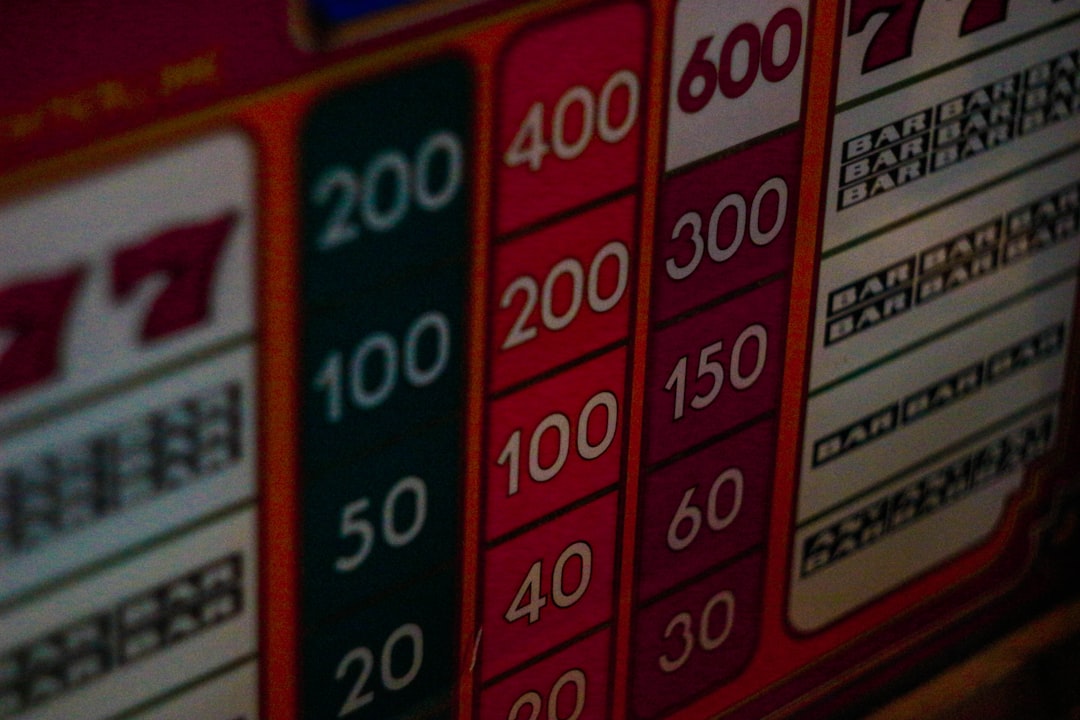In the world of sports betting, gaining even the slightest edge can be the difference between long-term profitability and consistent losses. One betting strategy that attracts both amateur and experienced gamblers is the teaser bet. While teasers may appear similar to parlays, they offer modified point spreads in exchange for lower payouts. When used wisely, teasers can be an effective tool, but they come with specific nuances that all bettors should understand. This article will break down the essentials of teasers, including how they operate, the concept of key numbers, strategies for identifying edges, and the most common pitfalls to avoid.
What Are Teasers?
A teaser bet combines multiple point-spread bets into one wager, with the bettor receiving additional points in their favor in each leg of the bet. In exchange, the payout is reduced, and like a parlay, all selections must win for the teaser to cash.
For example, in a standard 6-point football teaser:
- If you take a favorite at -7, the line is adjusted to -1.
- If you take an underdog at +3, the line becomes +9.
Teasers are most commonly used in football due to the nature of how games are scored and how point spreads are created.
The Importance of Key Numbers
One critical concept in maximizing teaser value is the understanding of key numbers. In football, certain numbers appear more frequently as final scoring margins due to the way points are scored (e.g., touchdowns with extra points, field goals).
The most important key numbers in the NFL are:
- 3 – The most common margin of victory, due to field goals.
- 7 – Represents a touchdown and extra point.
- 6, 10, and 4 – Secondary but still significant margins.
Smart teaser bettors look for opportunities to move point spreads through multiple key numbers. The most advantageous teaser legs are often those that go through both 3 and 7 — for example, moving a +2.5 underdog to +8.5 via a 6-point teaser.

Finding Edges With Wong Teasers
One of the most cited strategies in relation to teasers comes from Stanford Wong, a pseudonymous gambling expert who popularized the concept of what are now referred to as “Wong teasers.” The idea is to selectively tease certain favorites and underdogs in the NFL based on historical data and scoring patterns.
The classic Wong teaser involves:
- Teasing favorites of -7.5 to -8.5 down to -1.5 to -2.5
- Teasing underdogs of +1.5 to +2.5 up to +7.5 to +8.5
Wong’s original research indicated that these bets had an expected value over time due to the frequency of games ending on key numbers. However, sportsbooks have since adapted, limiting the profitability of such teasers by adjusting odds, limiting eligible games, or charging higher juice on two-team teasers.
Common Pitfalls With Teasers
Although teasers are enticing, especially to recreational bettors who favor the added cushion they provide, there are several common mistakes that can erode long-term profitability:
- Teasing Through the Wrong Numbers
Teasing from -10.5 to -4.5 may sound helpful, but it doesn’t cross any key numbers. This makes the teaser less valuable statistically. - Teasing Totals
While sides can sometimes yield value depending on the key numbers, teasing totals is generally discouraged. Football totals are not tied to the same key number logic as point spreads, making teased totals difficult to beat long-term. - Placing Teasers in Random Parlays
Teasers work best when carefully selected. Adding legs just to increase payout or action is a quick path to negative expected value.
When Teasers Make Sense
Teasers are not inherently good or bad. Their value is entirely dependent on how, when, and where they are used. Bettors gain the most value when adhering to the following guiding principles:
- Only use teasers in low-total NFL games: Lower game totals reduce overall scoring variance and favor tighter outcomes. Teasing a +2.5 dog to +8.5 is more valuable when the total is 40 than when it is 55.
- Always cross at least one key number — ideally two: Moving a favorite from -8.5 to -2.5 gets you across both 7 and 3, offering protection against two of the most common scoring gaps.
- Be selective: Don’t force teasers. They work best as surgically applied tools, not blanket strategies.
Teaser Payout Structures and Break-Even Points
Another key area where bettors often go wrong involves the payout structure of teaser bets. Many sportsbooks offer two-team, 6-point teasers at -110 odds, although some may be worse (e.g., -120 or more).
At -110, the break-even percentage is approximately 52.4%. At -120, it rises above 54.5%. Considering that Wong teasers historically yielded a win rate between 56% to 58%, there is very little margin for error.
As sportsbooks adapt and odds shift, teaser value erodes. Therefore, securing favorable pricing (and avoiding teaser cards or teaser limits with high juice) is critical for maintaining a positive expectancy.
Image not found in postmeta
Situational Factors: Injuries, Weather, and Line Movement
Beyond the math and probability, contextual elements matter. Optimizing teaser selections involves monitoring:
- Injury reports: Teasing a spread before a star quarterback is ruled out can completely change the bet’s value.
- Weather conditions: Rain, wind, or snow can suppress scoring, making low-total games even tighter and thus more favorable to teasers crossing key numbers.
- Line movement: Be patient. Sometimes the line may shift by a half-point or point before kickoff. Getting the best number could make the difference between winning and pushing — or worse, losing.
Conclusion
Teasers offer a compelling combination of flexibility and reduced volatility, provided they’re executed with precision. Knowing when and how to exploit key numbers, understanding payout structures, and resisting the temptation to misuse them is essential for turning teaser betting from a fun novelty into a genuine long-term tactic.
If you’re going to dive into teaser betting, especially in the NFL, take the time to track your results, learn from historical patterns, and follow disciplined criteria for each leg you include in a teaser. Remember, sports betting is as much about minimizing losses as it is maximizing wins, and when it comes to teasers, the smallest miscalculation can be costly.
